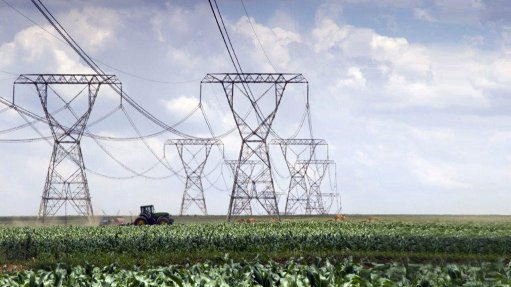
Namibia requires a significant increase in investment in new generation and transmission assets to meet the country’s increased power demands resulting from economic growth, says consulting engineering firm Hatch Energy Consulting director Robert Griesbach.
Hatch helped develop a National Integrated Resource Plan (NIRP) for Namibia’s electric power system, which recommends that new electricity generation projects be developed in the next ten years and provides perspectives for the following decade. The Electricity Control Board of Namibia and the World Bank were joint clients for this engagement, he says.
“The planned approach will reduce power imports, primarily through development of the Kudu power plant operating on Namibia’s offshore natural gas reserves and increase the use of renewable power by developing solar photovoltaic and wind power plants. The demand-side management programme will improve energy efficiency,” Griesbach explains.
Inherent challenges for the country’s power sector include substantial distances between population centres, rugged terrain, a long Atlantic coastline and a very dry climate. In the past ten years, 50% to 60% of Namibia’s power supply has been imported – often from South Africa, he highlights.
Namibia’s energy policy, however, calls for domestic power generation to meet 75% of the system’s yearly requirement. Government is enabling the development of solar photo- voltaic and concentrated solar power technologies, as Namibia has one of the best insolation rates in the world.”
Hatch’s first step in preparing the NIRP was to develop a power-system demand forecast for 20 years, which considered the likely requirements in each sector of the economy, reflecting projected economic and population growth rates. The forecast was adjusted, owing to offsets from energy efficiency gains considered possible through the implementation of a demand-side management programme, he explains.
Hatch then identified the full range of power- generation technologies that could be of interest in Namibia and estimated parameters for each, such as capital cost, operating cost, production capability and grid-connection costs.
“Hatch analysed a large number of sequences consisting of combinations of generating plants that could satisfy the projected power- system needs at a specified level of reliability. This analysis led to the company’s conclusion that investment in transmission and generation assets, including gas, solar photovoltaic and wind power, should be increased,” says Griesbach.